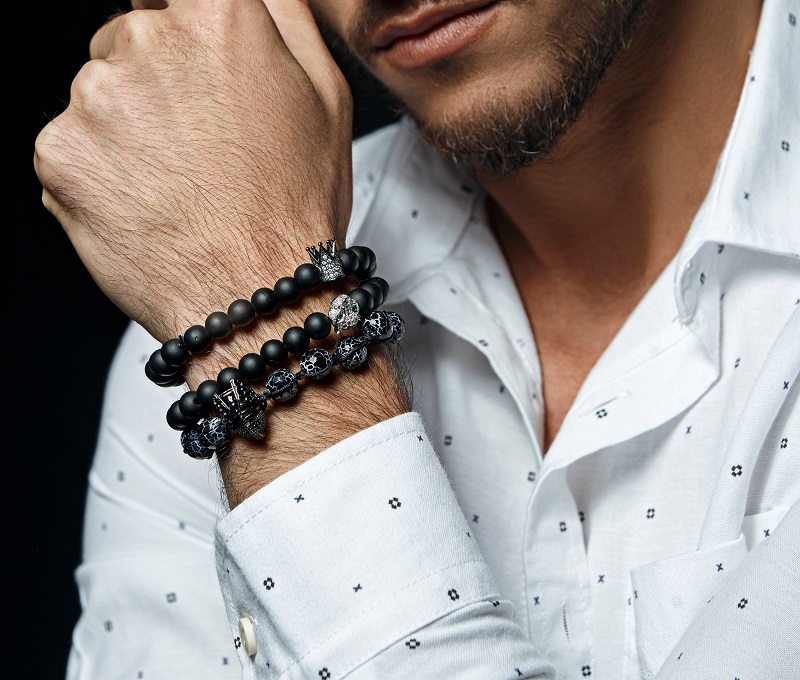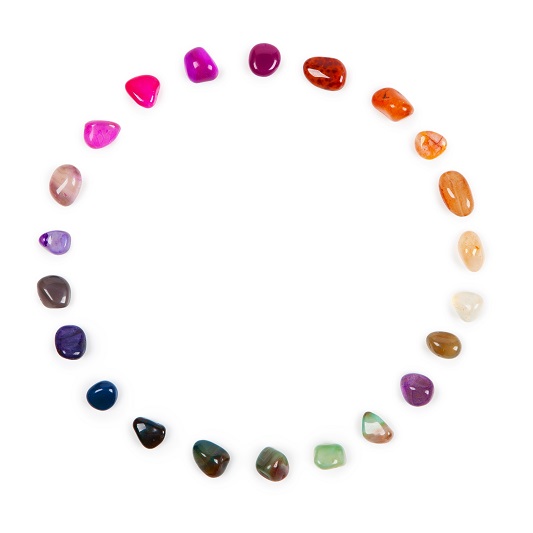‘A Diamond is Forever’ – History of Diamond Marketing

10 Most Expensive Gemstones
4th July 2019
Jewellery Trends for Summer 2019
19th July 2019Today, a diamond engagement ring is the ‘norm’ when it comes to proposing marriage. However, it hasn’t always been this way. Prior to the 1900s, diamonds weren’t the symbol of power, wealth, and romance that they are today. With the stone rapidly decreasing in value, jewellery brand De Beers knew they had to make drastic changes if they wanted to keep their business alive. So, they decided to seek the help of executive ad agency N.W. Ayer to design a multifaceted marketing strategy to turn a failing market into a psychological necessity. But how exactly did N.W. Ayer convince the world that diamonds are the ultimate symbol of romance, love, and marriage? In this article, we explore exactly that.
How It All Began
In 1870, huge diamond mines were discovered in South Africa. Before long, diamonds were no longer rare stones and their value plummeted. It was then that British financiers realised that the diamond market would become saturated if they didn’t do something about it. So the team decided to set two goals: monopolise diamond prices and stabilise the market.
To monopolise diamond prices, they created De Beers Consolidated Mines, Ltd. and took full control and ownership over the world diamond trade. The company stockpiled diamonds and sold them strategically to wholesalers to control price. It was the second goal, however, that they found a little harder. To stabilise the market, they needed to come up with a way to control the supply and demand for diamonds all over the world. To do this, they decided to hire the executive ad agency, N.W. Ayer.
Finding the Idea
In their pitch, N.W. Ayer explained how they planned to conduct extensive research on social attitudes about diamonds, and then use advertising to change them to appeal to a wider audience. True to their word, the company found out exactly what people thought about diamonds in the late 1930s. The research showed that diamonds were considered a luxury stone reserved for the wealthy. Instead of spending their hard-earned cash on jewellery, Americans would buy other things like cars and appliances. In order to sell more diamonds, Ayer would need to market to buyers at varying income levels.
To get more people to buy diamonds in a bad economy, they needed to work out how to link diamonds with something emotional. As diamonds weren’t worth much inherently, they also had to prevent people from reselling them. Before long, the answer became clear. The emotional, eternal, and socially valuable concept of love and marriage.
From then on, N.W. Ayer made it their mission to “create a situation where almost every person pledging marriage feels compelled to acquire a diamond engagement ring.”
While engagement rings had been around since medieval times, the concept had never been widely adopted. And at that time, only 10% of the rings that were used contained diamonds. With a careful and clever marketing strategy, N.W. Ayer strengthened the tradition of engagement rings and changed the opinion of diamonds from precious stones to essential parts of marriage.
Creating the Story
To make it look like diamonds were everywhere, the agency started using celebrities in the media. According to publicist Dorothy Dignam, “the big ones would sell the little ones”. To reinforce the opinion that diamonds are essential parts of marriage, N.W. Ayer’s publicists wrote newspaper and magazine columns about celebrity proposals with diamond rings.
In the first half of the twentieth century, the agency used traditional marketing tools like radio and newspapers. In addition to overt adverts, they designed educational and entertaining content that supported their brand and product, without being directly about it. As De Beers had ownership of the world diamond trade, there was no need to impress a brand name on the public mind. Instead, all they had to do was market an idea. N.W. Ayer showcased stories about people who gave diamonds or were given them, and how loved and happy the stones made them feel.
In the first four years, De Beers reported a 55% increase in diamond sales. Riding this tremendous success, the agency continued to perfect their marketing strategy in an attempt to convince the world that marriages without diamonds were incomplete.
“A Diamond Is Forever”
You’ve probably heard the famous line “A Diamond is Forever”. Named the #1 slogan of the century in 1999, the iconic phrase has appeared on every De Beers advert since 1948.
According to the New York Times, the signature line was created by Frances Gerety, a writer for N.W. Ayers. Frances scribbled down a couple of ideas before bed one night, after forgetting to brainstorm earlier for the next morning’s meeting. After presenting it at the meeting, nobody was particularly enthusiastic, and the slogan was deemed “just OK”. Despite the mediocre feedback, De Beers decided that the slogan captured the sentiment they were going for – that a diamond, like your marriage, is eternal. The slogan also discouraged people from reselling their diamonds, which was needed to prevent the market from becoming saturated and revealing the alarmingly low monetary value of the stones.
In the late 1930s, the campaigns suggested spending one month’s salary on an engagement ring. In the 1980s, De Beers ran a campaign to raise the norm to two months’ salary. These ads featured sayings like “Isn’t two months’ salary a small price to pay for something that lasts forever?”. The message from the campaign stuck, and the “two months’ salary rule” is still widely accepted today.
Is it Ethical?
From the start, De Beers and N.W. Ayer manipulated demand for diamonds by changing people’s social attitudes and convincing them that a marriage isn’t complete without a diamond ring. To this day, there are mixed opinions on whether this is the biggest scam in history or an example of ingenious marketing.
De Beers knew their product wasn’t high in value like gold or silver. So instead of marketing the product, they marketed to the values of ethics surrounding romance, love, and marriage. In their first round of market research, nobody was interested in buying diamonds. Less than ten years later, buying a diamond engagement ring had become the norm.
In Summary
Regardless of whether you agree with De Beers marketing, it’s fascinating how they created demand from nothing by creating a story and value around their product. By marketing an idea instead of a product, the company built a strong foundation for the diamond industry that’s still going strong today.




